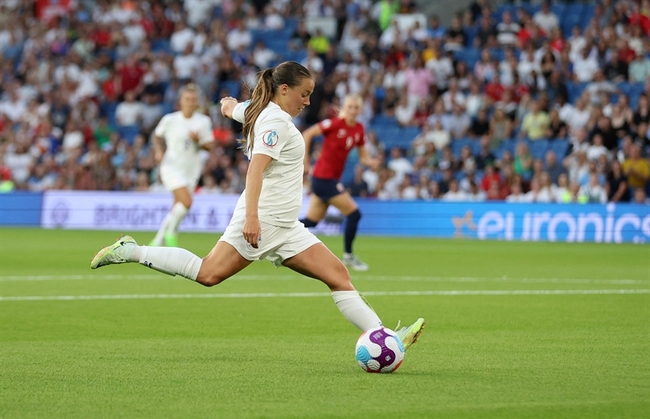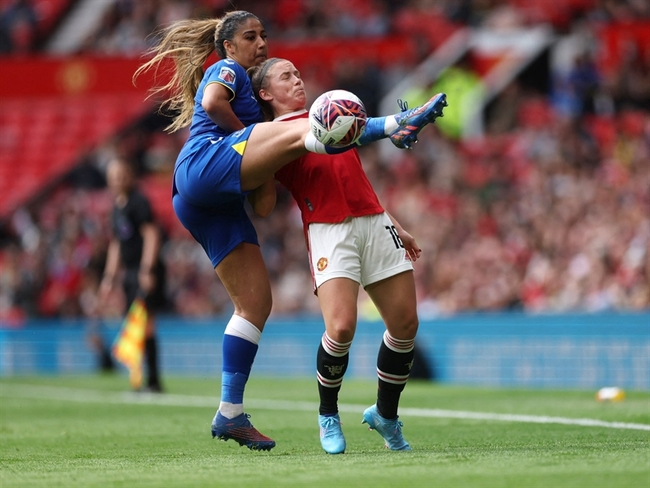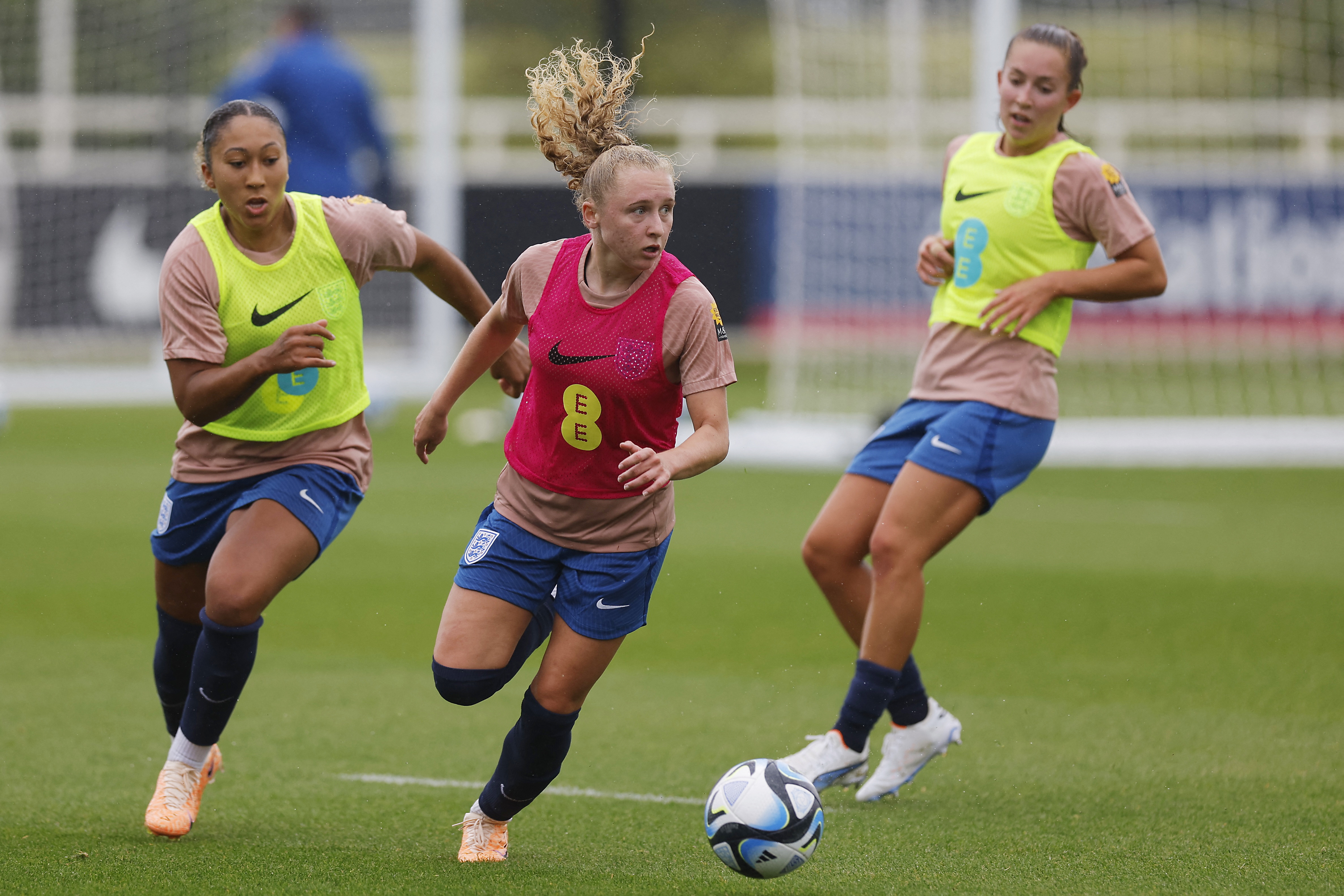You are viewing 1 of your 1 free articles
The eagle has landed: a soft landing prevents a multitude of injuries in female athletes
The relationship between Landing Error Scoring System performance and injury in female collegiate athletes

Tennis - Australian Open - Women’s Doubles Final - Czech Republic’s Barbora Krejcikova and Katerina Siniakova celebrate with the trophy after winning their final match against Kazakhstan’s Anna Danilina and Brazil’s Beatriz Haddad Maia REUTERS/Morgan Sette
Paper Title: The relationship between Landing Error Scoring System performance and injury in female collegiate athletes
Publication: International Journal of Sports Physical Therapy
Publication date: December 2021
INTRODUCTION
Lower limb musculoskeletal injuries are common in collegiate sport, especially in sports that require constant acceleration, deceleration, and rapid changes in direction. These injuries are prevalent in female athletes, who have higher severe time-loss injury rates than their male counterparts. These high injury rates have led researchers to develop assessment tools, such as the Landing Error Scoring System (LESS), to identify potentially modifiable intrinsic risk factors for lower limb injury. Identifying LESS item errors related to injury may be useful in injury prevention as practitioners can target specific abnormal movement patterns with equally specific intervention programs. Therefore, this study aimed to examine the association between LESS scores and lower limb injuries in female collegiate athletes.
METHODOLOGY
Before the competitive season, 116 female collegiate athletes completed LESS testing. The test involved standing on a 30cm high box and jumping forwards and vertically to land with both feet just past a designated mark located 90cm anterior to the box. Investigators used a modified LESS scoring rubric to score the test results. A higher LESS score suggests a greater number of landing errors or altered movement patterns during the performance of the jumping test. Investigators followed up with the athletes throughout one competitive season.
RESULTS AND CLINICAL IMPLICATIONS
The LESS total score was not associated with an increased odds of lower limb injury. Therefore, practitioners should be cautious when using the LESS score as a stand-alone injury prediction tool. Also observed in this study was that uninjured athletes were more likely to have an error in lateral trunk movement at initial contact than their injured counterparts. Notably, trunk displacement during landing is a strong predictor of future lower limb injury. Therefore, future studies should examine the relationship between individual LESS scores and injury in different sporting populations, as these individual items may have clinical application in injury prevention models.
Newsletter Sign Up
Subscriber Testimonials
Dr. Alexandra Fandetti-Robin, Back & Body Chiropractic
Elspeth Cowell MSCh DpodM SRCh HCPC reg
William Hunter, Nuffield Health
Newsletter Sign Up
Coaches Testimonials
Dr. Alexandra Fandetti-Robin, Back & Body Chiropractic
Elspeth Cowell MSCh DpodM SRCh HCPC reg
William Hunter, Nuffield Health
Be at the leading edge of sports injury management
Our international team of qualified experts (see above) spend hours poring over scores of technical journals and medical papers that even the most interested professionals don't have time to read.
For 17 years, we've helped hard-working physiotherapists and sports professionals like you, overwhelmed by the vast amount of new research, bring science to their treatment. Sports Injury Bulletin is the ideal resource for practitioners too busy to cull through all the monthly journals to find meaningful and applicable studies.
*includes 3 coaching manuals
Get Inspired
All the latest techniques and approaches
Sports Injury Bulletin brings together a worldwide panel of experts – including physiotherapists, doctors, researchers and sports scientists. Together we deliver everything you need to help your clients avoid – or recover as quickly as possible from – injuries.
We strip away the scientific jargon and deliver you easy-to-follow training exercises, nutrition tips, psychological strategies and recovery programmes and exercises in plain English.









